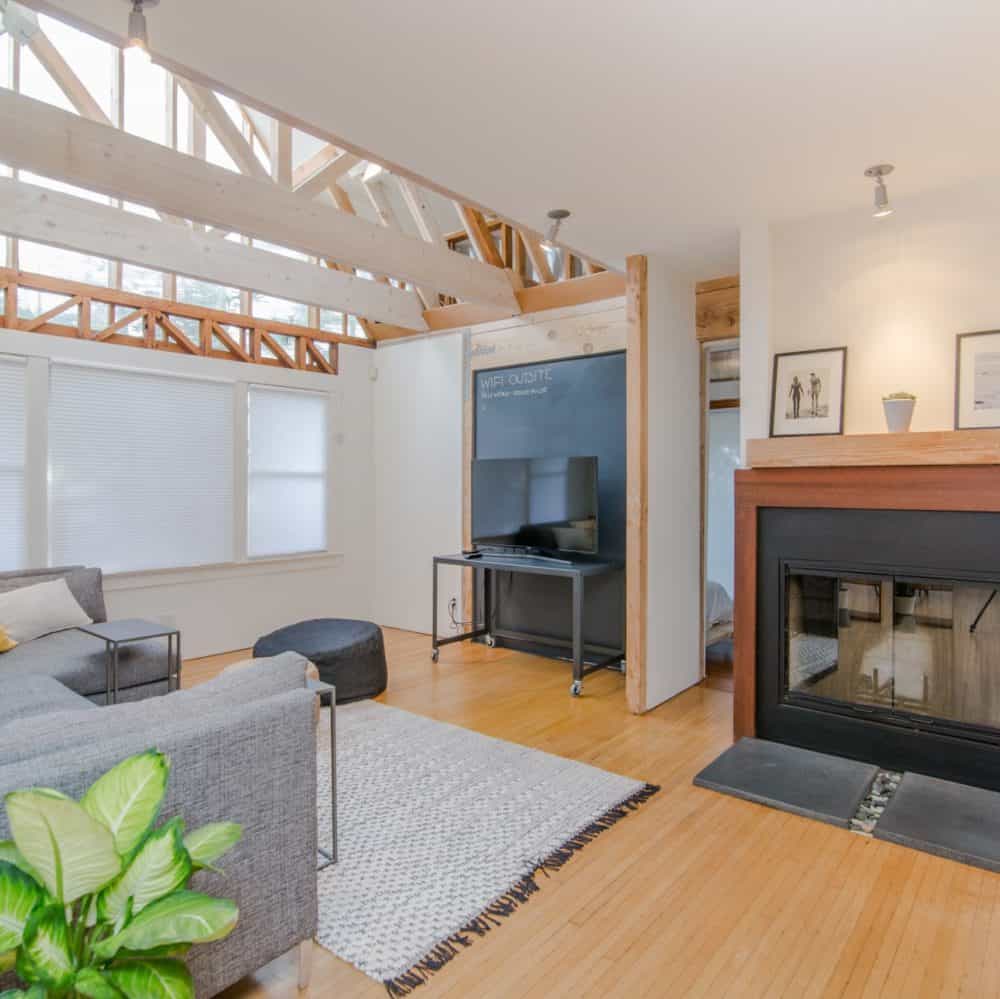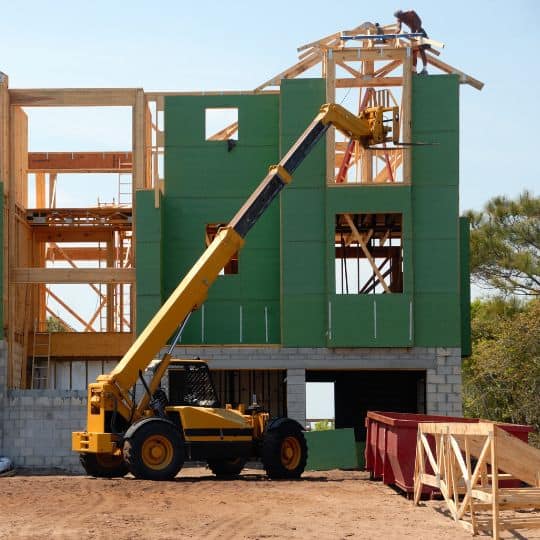
All You Need to Know about Timber Framing
Table of Contents
Timber framing is an ancient construction technique that has stood the test of time. It involves using large, solid timber beams and joints to create a sturdy and durable structure. From traditional houses and barns to modern eco-friendly buildings, timber framing offers a unique combination of beauty, strength, and sustainability. If you want to learn more about the past and present of this construction technique, here are a few fundamentals of timber framing, exploring its history, construction methods, joinery techniques, and the benefits it offers.
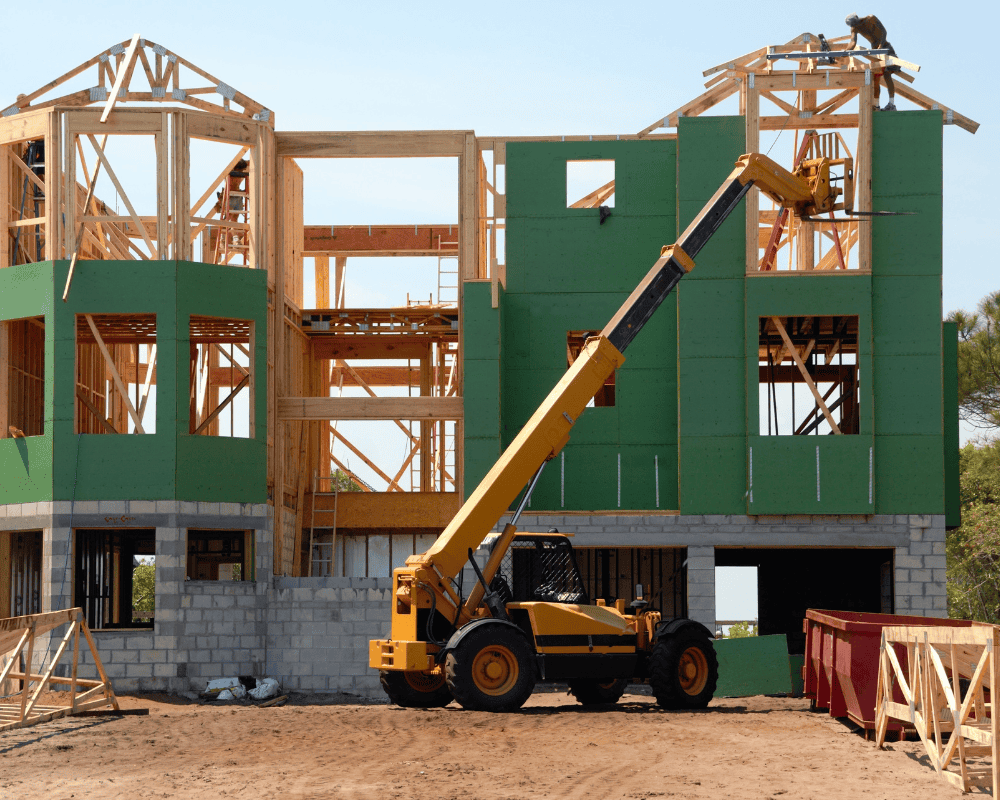
Whether you are a construction professional or a homeowner interested in the art of timber framing, this guide will provide you with a comprehensive introduction to this timeless building method.
A brief history of timber framing

Timber framing dates back thousands of years and has been used by civilizations around the world. From ancient Egyptian temples to medieval European cathedrals, timber framing was a prevalent construction technique. The skilful craftsmanship and precise joinery allowed for the creation of impressive structures that still stand today. While the popularity of timber framing diminished with the rise of modern construction methods, it has experienced a resurgence in recent years due to its aesthetic appeal and environmental benefits.
Basic components of timber framing
Timber framing involves using large, solid timber beams as the primary structural elements. These beams are connected using traditional joinery techniques, such as mortise and tenon joints, and secured with wooden pegs or metal fasteners. Key components of timber framing include posts, beams, braces, and trusses. These components work together to create a framework that can support heavy loads and withstand the test of time.
Joinery techniques
Joinery is a critical aspect of timber framing, as it ensures the structural integrity and longevity of the frame. Traditional joinery techniques include mortise and tenon joints, dovetail joints, and scarf joints. Mortise and tenon joints involve creating a cavity (mortise) in one timber and a corresponding projection (tenon) on another timber, which is then fitted together and secured. Dovetail joints feature interlocking wedge-shaped projections, creating a strong and durable connection. Scarf joints are used to join two timbers end-to-end, creating a continuous beam. Each joint requires precision and skill to ensure a tight fit and optimal strength.
Strength and durability
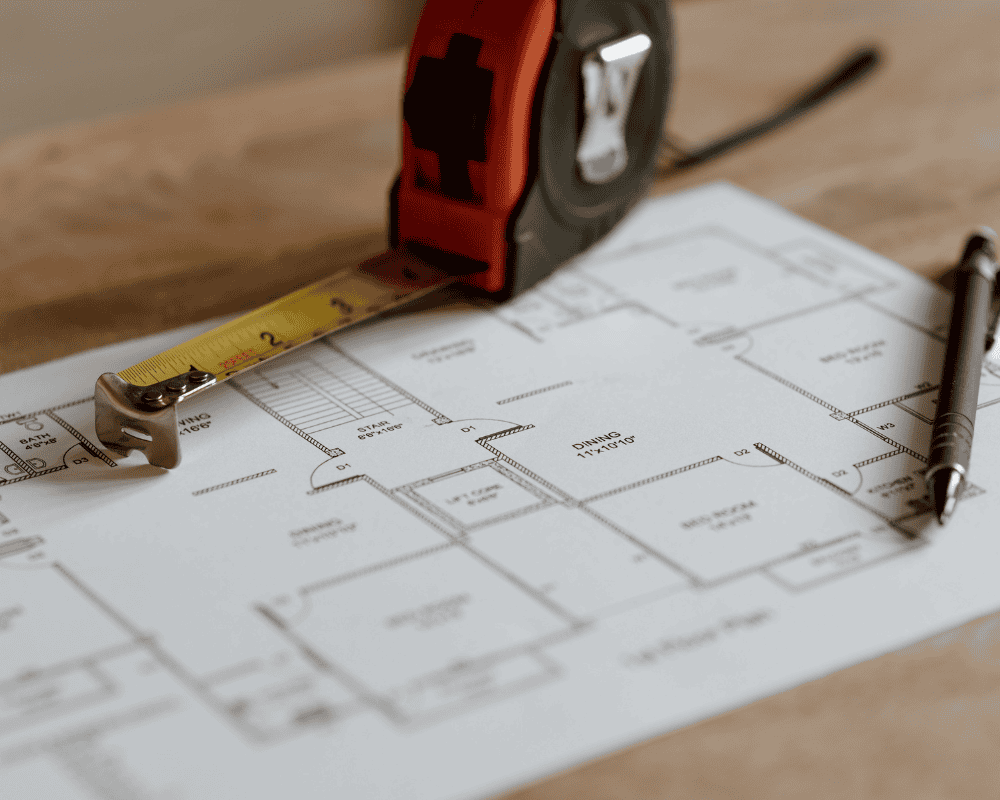
One of the main advantages of timber framing is its inherent strength and durability. The large, solid timbers used in timber framing provide exceptional load-bearing capacity and structural stability. Additionally, using traditional joinery techniques and wooden pegs or metal fasteners ensures a secure and robust connection between timbers. When properly constructed and maintained, timber frames can withstand the test of time, often lasting centuries.
Aesthetic appeal
Timber framing offers a distinct aesthetic appeal that is valued by many. The exposed timbers, visible joinery, and craftsmanship create a sense of warmth and character in a structure. The natural beauty of timber, with its grain patterns and textures, adds a unique charm to any space. Timber framing creates open, expansive interiors with high ceilings and impressive architectural details, making it a popular choice for homeowners seeking a visually striking and inviting living environment.
Construction methods
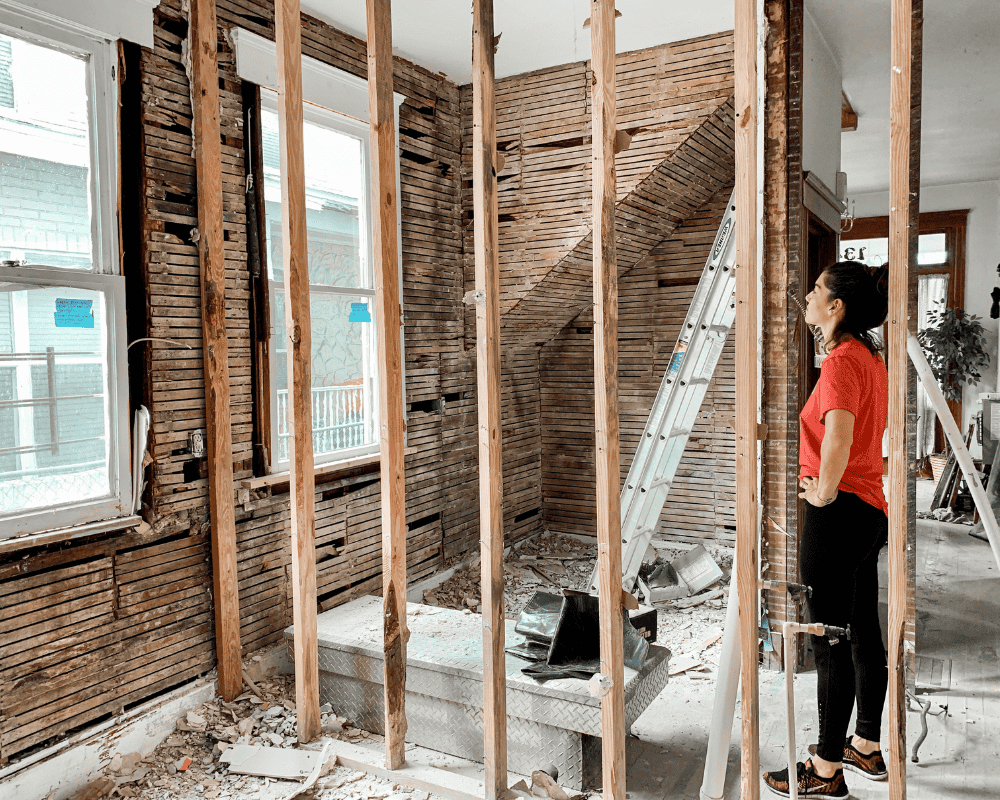
Timber framing can be constructed using various methods, including traditional handcrafted techniques or pre-cut, machine-made components. Traditional handcrafted timber framing involves custom-cutting each timber on-site and assembling them using traditional joinery techniques. Pre-cut timber framing involves the use of factory-cut components that are manufactured off-site and delivered to the construction site for assembly, which is especially important when talking about timber floor framing, and if this is something you need as well, make sure you stick to professionals in this field. Both methods have their advantages, and the choice depends on factors such as budget, timeline, and the desired aesthetic.
Energy efficiency and sustainability
Timber framing is known for its energy efficiency and sustainability. Wood is a renewable resource, and when sourced responsibly, it has a low carbon footprint compared to other building materials. Timber is a natural insulator, providing excellent thermal performance and reducing energy consumption. Additionally, timber frames can be designed to accommodate insulation materials, further enhancing energy efficiency. The longevity of timber frames also contributes to sustainability, as it reduces the need for frequent replacements.
Versatility in design

Timber framing offers versatility in design, allowing for a wide range of architectural styles and customization options. Whether you prefer a traditional, rustic look or a modern, contemporary design, timber framing can accommodate various aesthetics. The flexibility of timber framing allows for creative designs, such as curved beams, cathedral ceilings, or intricate roof systems. This adaptability makes timber framing an attractive choice for architects and homeowners looking for design freedom and uniqueness.
Maintenance and care
Proper maintenance and care are essential to ensure the longevity of a timber frame structure. Regular inspections for signs of insect infestation or decay should be conducted, and any issues should be addressed promptly. Timber frames may require periodic sealing or staining to protect against moisture damage. Additionally, keeping the frame clean and debris-free will help maintain its aesthetic appeal and structural integrity.
Cost considerations

While timber framing offers numerous advantages, it’s important to consider the cost implications. Timber framing can be more expensive than conventional construction methods due to the cost of high-quality timber and the craftsmanship involved. Custom designs and intricate joinery techniques may also contribute to increased costs. However, it’s essential to weigh the long-term benefits and value that timber framing offers, such as durability, energy efficiency, and aesthetic appeal, when considering the investment.
Timber framing is a timeless construction technique that combines strength, beauty, and sustainability. With its rich history, precise joinery, and inherent durability, timber framing continues to be a preferred choice for those seeking a distinctive and long-lasting structure. From its versatility in design to its energy efficiency and low environmental impact, timber framing offers a range of benefits that make it an attractive option for homeowners and architects alike. By understanding the fundamentals of timber framing, individuals can appreciate its craftsmanship, consider its advantages, and explore the possibilities it presents for their building projects.



